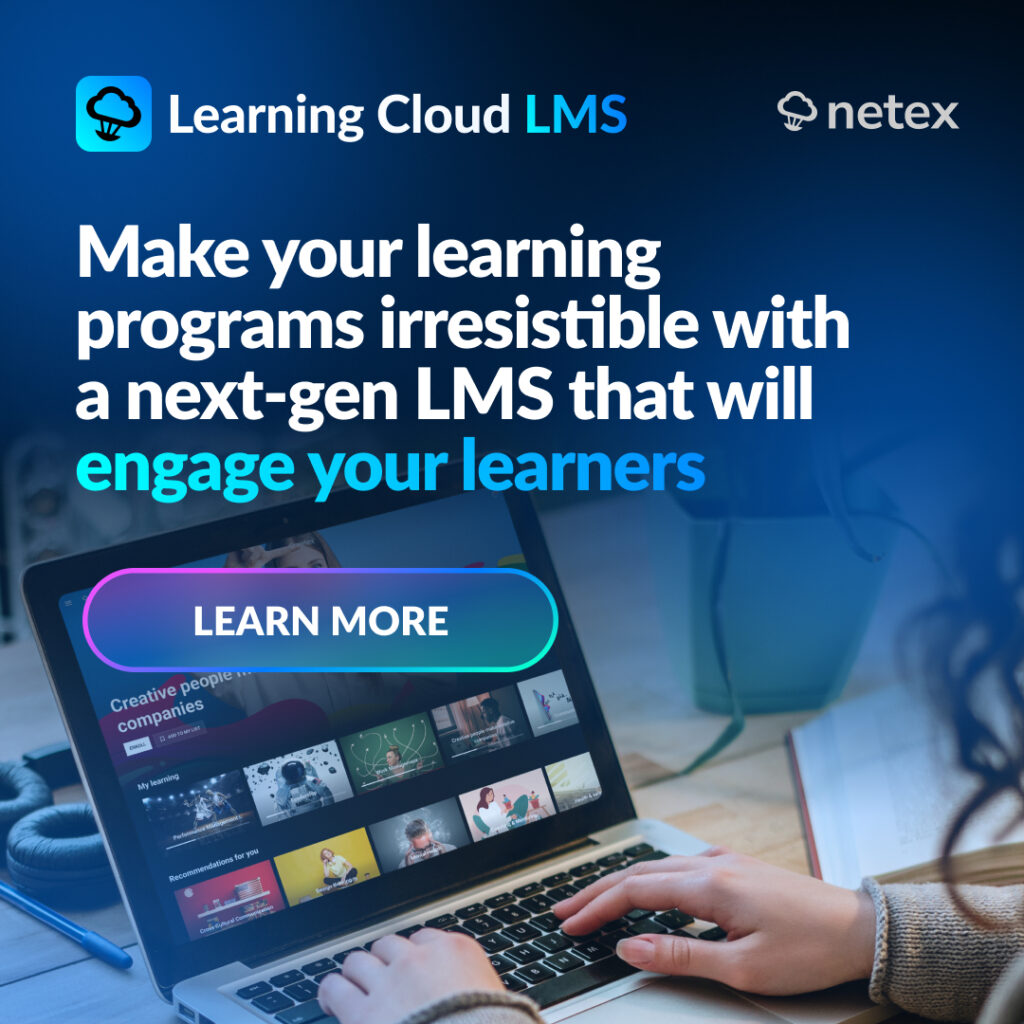If you’re reading this, you’re likely considering migrating your Learning Management System (LMS) or training ecosystem to a new platform and are unsure about the challenges such a significant project might present. While the process can seem daunting, with proper planning and the right support team, it can be managed smoothly. This article offers a practical guide to ensure a successful LMS migration.
1.- Define what to migrate
The first step is to determine what information you need to transfer to your new LMS. Start by analysing how your current system is structured and how data can be extracted. The most common data to consider for migration includes:
Users, roles, and user groups
- This is the primary set of data to review and usually the easiest to migrate, as most LMS platforms have similar structures for this type of data.
- Decide whether to migrate only active users or include inactive ones as well.
- Pre-create roles and user groups in your new LMS.
Company training content and structure
- Check if your content is in a standard format that allows for migration (e.g., SCORM, xAPI).
- Ensure your new LMS supports all your activity formats: text, images, videos, quizzes, audio files, etc.
- Migrate course structures, sessions, course versions, training paths, and the sequence of activities.
- Decide which courses and activities to migrate and use this opportunity to clean out any unnecessary content.
2.- Progress and historical data
Next, decide how to handle progress and historical data:
Users who have completed courses
- It’s not necessary to migrate progress data; you just need to know if they completed the course and in which session.
Users who haven’t started their course
- Decide if these users should be included in the migration.
Users in progress
- These are the most sensitive to migrate since the source course and the final course must have the same structure.
- One option is to have these users complete their courses in the old LMS before migrating.
3.- Integrations
Once all content is migrated, it’s time to integrate your new LMS with your company’s tools. For more details, refer to another blog article where we discuss different types of integrations and how to approach them.
An agile and tailored solution
At Netex, we offer state-of-the-art digital tools that make these processes agile and straightforward. Our team of professionals, experts in LMS integrations and migrations, will assist you throughout the entire process with a migration plan tailored to your specific needs.
Conclusion
Achieving a successful LMS migration requires careful planning, involvement from all stakeholders, and the use of appropriate tools. By following this guide and utilising the resources and support from Netex, you can ensure that your migration process is efficient and hassle-free.
Don’t hesitate to contact our team of experts for personalised assistance to guarantee the success of your LMS migration. With the right approach, you can transform your learning management system and enhance the educational experience for your users.
